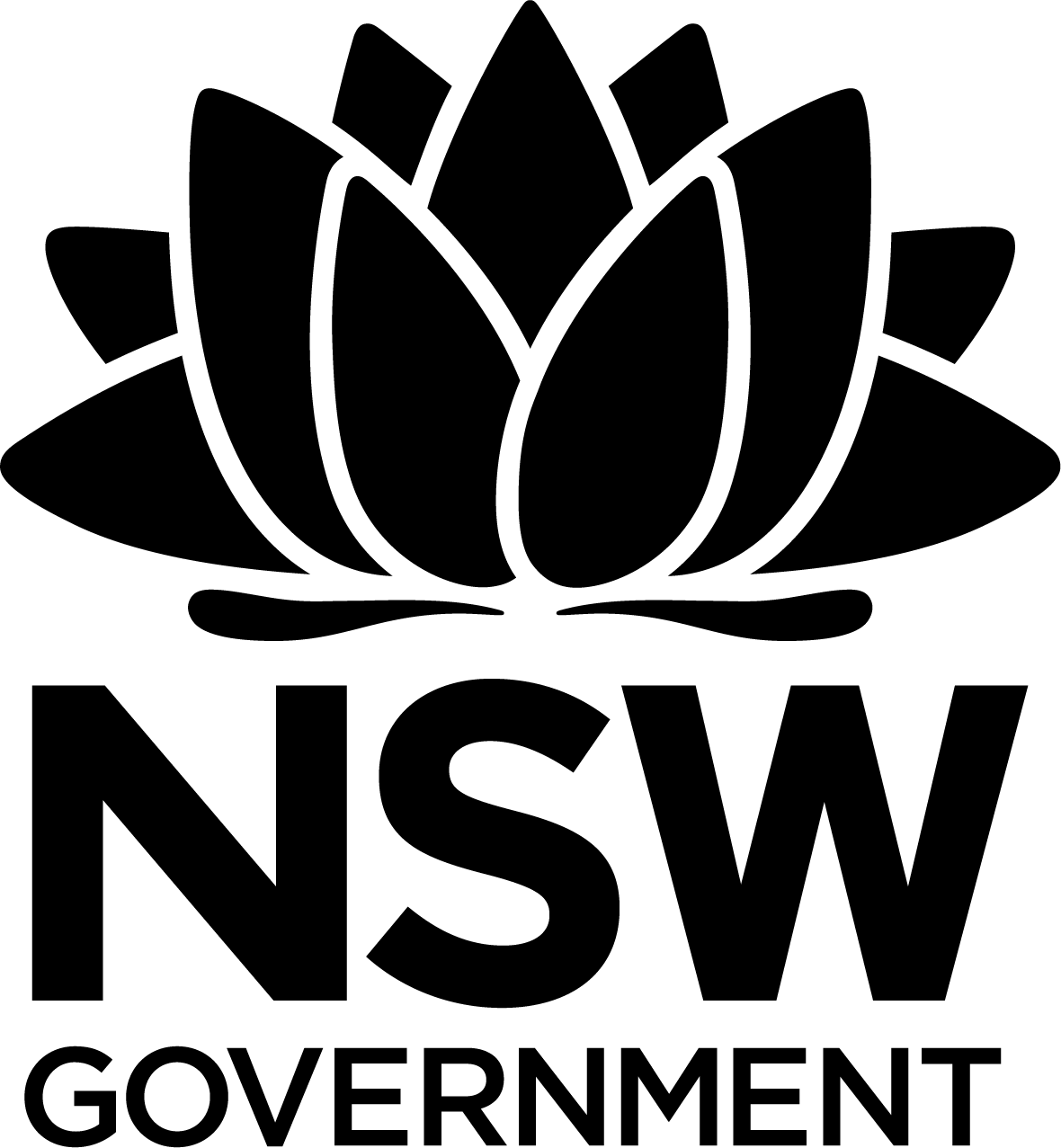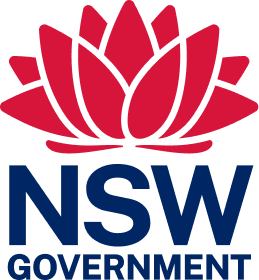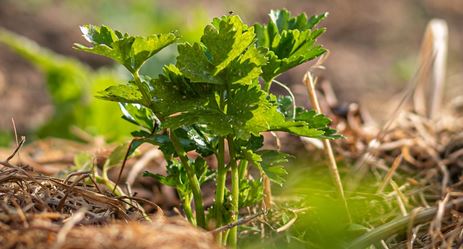
Crown land manager resource
Environmental management
Crown land managers (CLMs) are responsible for the environmental management of the land making up their reserves. The term ‘environment’ refers to all aspects of the natural environment, including land, air, water, flora and fauna, as well as the human environment (both Indigenous and non-Indigenous cultural and built heritage).
In NSW there is a range of environmental legislation that is designed to ensure the protection of the environment and/or control human use of natural resources. The type of reserve and its use will determine the environmental legislation that applies. For example the environmental legislation that will apply to the management of a community hall will be very different to a reserve that is a natural area with walking trails.
The basis of environmental management
Also known as ‘natural resource management’ or ‘land management’, environmental management looks at our ongoing activities and how they impact on the reserve, development and planning, pollution control and biodiversity.
Before deciding whether or not to carry out an activity that may have an impact on the environment, you must ensure the activity and its impacts are ecologically sustainable. You must consider any planning approvals and/or licences (under the Environmental Planning Assessment Act 1979), and other obligations such as native title and Aboriginal land claims.
This means when you’re making decisions about actions that will affect the environment, you need to:
- assess the risks and consequences of various options
- take precautions to avoid, wherever practicable, serious or irreversible damage to the environment
- keep future generations in mind, and ensure that the health, diversity and productivity of the environment are maintained or improved for their benefit
- make the conservation of biological diversity and ecological integrity a fundamental basis of any decisions.
Section 6(2) of the Protection of the Environment Administration Act 1991 provides a definition of ‘ecologically sustainable development’ as used in legislation in NSW, and issues to consider when planning activities on your land.
Environmental law and your obligations
The primary objective of environmental law is to protect the natural environment, setting out obligations that describe what you must and must not do.
These obligations are subject to any changes in the law. Therefore, CLMs should be aware of the environmental laws relevant to their specific operations and should keep up to date with any changes.
Pollution and contaminated land
Pollution is the presence or introduction of a substance into the environment that has the potential to harm human health or the environment. Contamination is the ongoing effect of the incident to the environment and or human health.
Section 9.3 of the Crown Land Management Act 2016 (CLM Act) prohibits a person from causing or permitting the pollution or contamination of Crown land.
If you observe, or are responsible for, pollution that causes harm or threatens to cause harm on Crown land, you must report it. If the pollution incident presents an immediate threat to human health or property contact emergency services on 000.
If the incident does not pose an immediate threat, report it to the department which will be able to assist in determining the appropriate action to take, including identifying other organisations responsible. The aim of reporting is to coordinate action as quickly as possible to prevent or limit harm to the environment and/or human health.
In addition, the NSW Environment Protection Authority (EPA) has published details on pollution reporting on its website. The EPA administers the Protection of the Environment Operations Act 1997 (POEO Act), which regulates activities to protect the environment in relation to air, water and noise pollution, and waste management.
Under section 60 of the Contaminated Land Management Act 1997, a person (including a CLM) whose activities have contaminated land, or a landowner whose land has been contaminated, is required to notify the EPA when they become aware of the contamination (or ought reasonably to have been aware).
If you undertake an activity that causes pollution or contamination of the reserve, or become aware of contamination, you must:
- if there is an immediate threat to human health or property, call emergency services on 000
- contact the department
- notify the EPA—we will help you determine if this is necessary, and can help with completing the EPA’s Contaminated Land Notification Form.
SafeWork NSW administers the Work Health and Safety Act 2011 and the Work Health and Safety Regulation 2017. The SafeWork NSW website contains detailed information, including codes of practice, to assist in working with materials or undertaking activities that have the potential to cause pollution or contamination if not undertaken correctly, such as fireworks, noise, asbestos and hazardous chemicals.
Biosecurity
Biosecurity refers to the protection of the economy, environment and community from negative impacts of pests, diseases, weeds and contaminants.
The Biosecurity Act 2015 (the Biosecurity Act) provides the framework for the prevention, elimination and minimisation of biosecurity risks. Under the Biosecurity Act there is a general obligation for everyone to be aware of their surroundings and take action to prevent the introduction and spread of pests, diseases, weeds and contaminants.
Certain types of reserves such as showgrounds, racecourses, equestrian and pony club venues that host animal shows and events should establish a set of biosecurity measures applicable to their venue and type of animal/s coming onto the reserve. NSW Department of Industries (DPI) provides a number of resources specific to these types of activities and animals.
CLMs must ensure that weeds and pests are managed on Crown land in accordance with the Biosecurity Act. DPI provides resources on weeds and pest animals (vertebrates and insects) on its website.
For additional support contact:
- your local council weeds officer
- the NSW DPI Invasive Plants and Animals
- your Local Land Services for regional support.
What you must not do
CLMs must ensure that the following activities are not carried out:
- buying or selling any weed material or anything containing priority weed material
- removing from reserve land anything containing weed material or having such material on it
- scattering weed material on land or water
- disposing of, transporting or selling soil or turf where the reserve trust ought to have known there was a notifiable weed within that soil or turf.
Funding for pest and weed management
Funding opportunities for pest and weed management are available for CLMs through the Crown Land Improvement Fund Program (CRIFP).
Pesticides
CLMs may need to use pesticides on Crown reserves, including herbicides, insecticides, fungicides, bactericides, baits, lures and rodenticides.
The Crown Land Pesticide Use Notification Plan applies across all Crown lands. CLMs who are using pesticides in a public place should use this as a guide to preparing notices of pesticide use on their reserves.
Unless a CLM has specific training or qualifications, use and storage of pesticides should be limited to what is available for domestic use.
Regulation of pesticide use and management
The NSW Environment Protection Authority (EPA) regulates the proper use of pesticides through the provisions of the Pesticides Act 1999 and Pesticides Regulation 2017. The Australian Pesticides and Veterinary Medicines Authority (APVMA) controls which pesticides are registered and sold in Australia.
CLMs should be familiar with these regulations before using pesticides on Crown reserves. The misuse of these prescribed chemical products may cause damage or injury, and can lead to prosecution.
Pesticide use notification plan
A pesticide use notification plan must set out:
- the operational area where pesticides will be used
- how and when public notice of the use of pesticides will be given
- the proposed uses, categories of, or specific prescribed public places where the public notification is to operate
- categories of people who regularly use the prescribed public places to be notified
- the protection measures to be taken where the pesticide is to be used in an area adjacent to a sensitive place such as a school, child care centre, hospital, nursing home or a place declared to be sensitive by the EPA.
You need to give public notice in accordance with the adopted pesticide use notification plan.
Working with pesticides
It is recommended that CLMs engage qualified contractors to undertake pesticide work on Crown land. If using small, domestic quantities of pesticides ensure all labels are followed and a risk assessment has been completed.
Contractors engaged to undertake pesticide work on Crown land must meet all legislative requirements for pesticide use. This may include completing and maintaining training, holding a licence (from the EPA) and using only APVMA-registered pesticides.
This Crown land manager web resource was printed on 27 Jul 2024. The information contained in this web resource is based on knowledge and understanding at the time of writing Jul 2024. However, because of advances in knowledge, users are reminded of the need to ensure that the information upon which they rely is up to date and to check the currency of the information by referring to the website (www.reservemanager.nsw.gov.au).
© State of New South Wales through Department of Planning, Industry & Environment 2024.
Page link: https://reservemanager.crownland.nsw.gov.au/land-management/environmental-management


